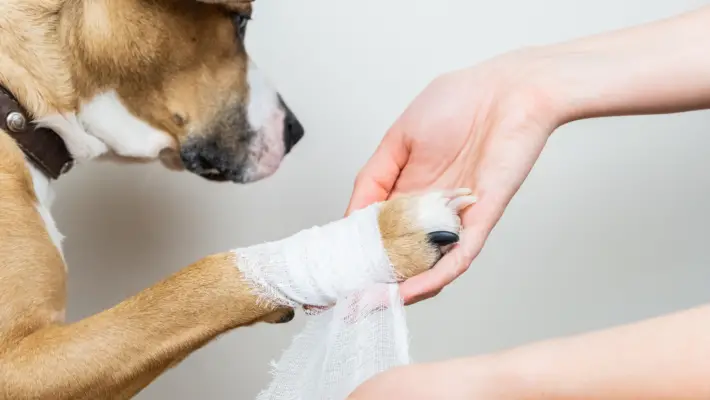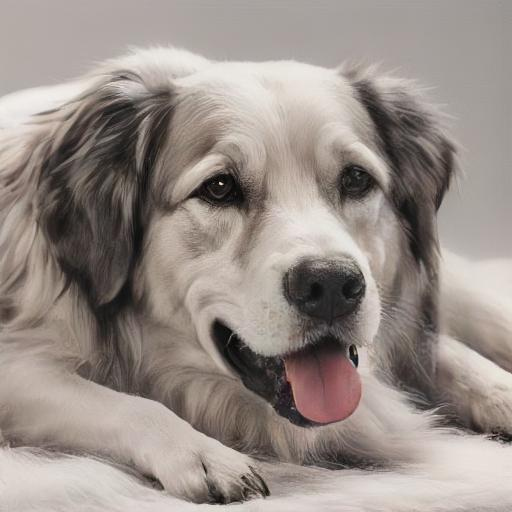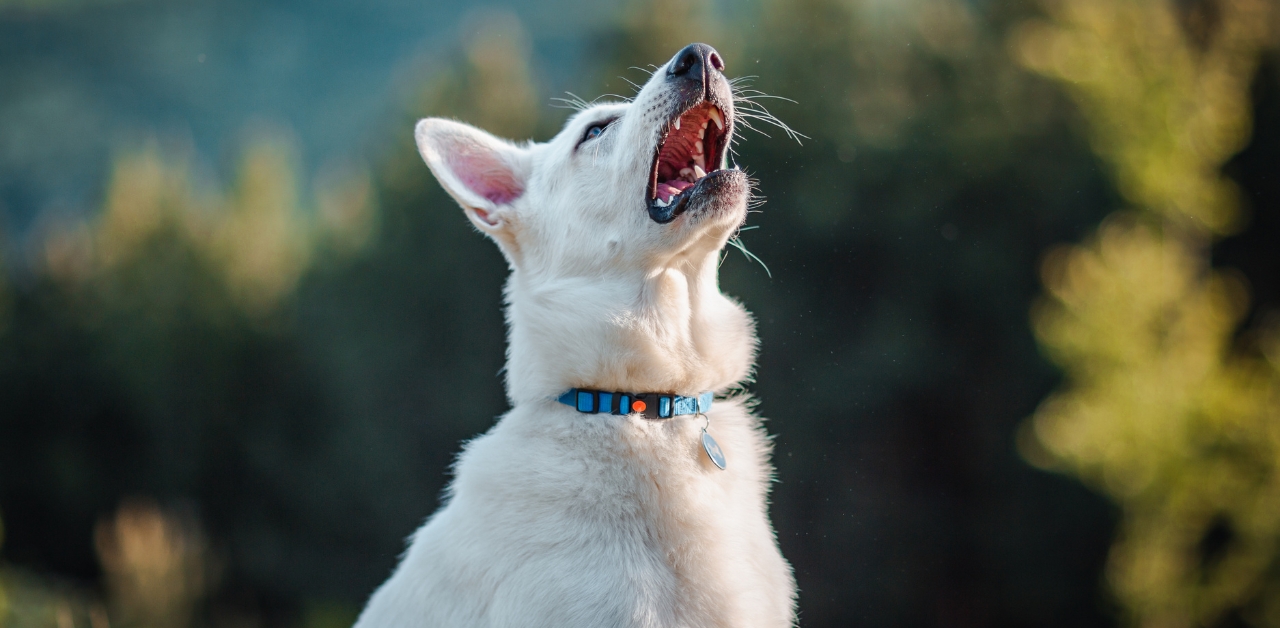If you’ve ever had a minor cut or abrasion, you may have used a liquid bandage on yourself. These handy products quickly seal small wounds to protect them from dirt and germs while also stopping nuisance bleeding. But can you use them on your furry friend as well?
What is Liquid Bandage?
Liquid bandage is a topical skin adhesive that mimics the protective covering of a traditional adhesive bandage. It creates a waterproof, flexible coating over wounds. The active ingredients are cyanoacrylate, a medical-grade “super glue”, along with colorants and stabilizers. Popular brands include New-Skin®, Dermabond®, and Liquid Skin®.
When applied to intact skin, the cyanoacrylate adheres the wound edges closed. This provides a protective barrier while healing takes place underneath. Liquid bandages dry rapidly in just 30 seconds to a minute. The coating naturally sloughs off within a few days as the injury mends.
Compared to regular bandages, liquid versions are extremely thin and flexible. They allow for movement without painful pulling or peeling. This makes them ideal for hard-to-bandage spots like knuckles, heels, elbows, and knees.
Is It Safe for Dogs?
The good news is that liquid bandage is generally safe for canine use when applied properly. Here are some benefits of using it on your dog:
- Protects minor wounds from infection and dirt
- Stops bleeding from small cuts and abrasions
- Waterproof seal allows bathing and swimming
- Dries quickly for a fast, fuss-free application
- Flexible, breathable coating moves with your dog’s skin
- Sloughs off naturally over several days as the wound heals
Liquid bandage should only be utilized for superficial wounds where the skin is intact. Deep lacerations, puncture wounds, burns, etc. require veterinary attention. Never apply a liquid bandage over already-bandaged injuries without approval from your vet.
Choosing a Product for Your Dog
When selecting a liquid bandage for your canine companion, look for a pet-safe formula labeled for animal use. Avoid products containing benzocaine or other numbing agents, as these can be unsafe if licked off and ingested. Children’s versions tend to be lower-strength and gentler for tender doggy skin.
Many popular brands now offer specific “for dogs” liquid bandage products. These contain dog-friendly scents and flavors to discourage licking such as bitter cherry, apple, or yucca flavors. Cyanoacrylate glues made for veterinary use are another good option. Talk to your vet if you’re unsure which product is best for your pup.
Look for liquid bandages clearly labeled non-toxic and hypoallergenic. Cuts and scrapes on dogs’ paws or legs are easily licked, so it’s vital to use a non-irritating formula. Test a small amount on your dog’s skin and wait 24 hours to check for any reaction before full application.
How to Apply Liquid Bandage on a Dog
Applying liquid bandage to your dog takes just a few simple steps:
1. Clean the Wound
Gently clean dirt, debris, and discharge from the cut using warm water, saline solution, or a pet-safe antimicrobial wash. Pat dry taking care not to pull at delicate wound edges. Disinfectants like hydrogen peroxide can damage tissue and delay healing, so avoid these.
2. Stop Bleeding
If there is active bleeding, apply gentle pressure with a clean, absorbent cloth for 2-3 minutes before applying any liquid bandage. Liquid skin adhesives cannot successfully bind over freely bleeding wounds.
3. Dry Surrounding Fur
Use a cotton ball or soft cloth to dry fur around the cut that could potentially get stuck in the liquid bandage. Any moisture on the skin surface may prevent the glue from setting properly.
4. Apply Liquid Bandage
Following package directions, spread a thin layer completely over the wound using the applicator tip. Do not apply over any ointments or creams already on the cut. Allow the adhesive to fully dry and set, usually around 30 seconds. Applying too thick of a layer can result in poor bonding and premature peeling.

5. Allow the Dog to Settle
Keep the treated area free from contact until fully set to avoid accidentally sticking to fur, bedding, furniture, etc. Distract with a chew toy to discourage licking. Monitor over the next several hours for any allergic reaction.
6. Keep Wound Protected
Avoid getting the bandage wet for 6-12 hours after application. Reapply fresh liquid bandage 1-2 times daily as needed until the cut is completely healed. Seek prompt veterinary care if you notice any worsening redness, swelling, oozing, or pain which could indicate infection.
Using Liquid Bandage for Dog Paw Injuries
Thanks to their active lifestyles, cuts and cracks on dog paws are very common. These injured paws are also hard to bandage and keep protected. Applying liquid bandage allows dogs to walk comfortably while sealing out dirt and mud.
To use liquid skin glue on your dog’s injured paw:
- Clean and dry the wound thoroughly. Trim the fur around it if needed.
- Stop any bleeding and dry surrounding fur.
- Apply a thin layer of liquid bandage over the entire injury according to package directions. Allow to dry completely.
- Monitor your dog closely. Discourage licking the paw by using a cone collar or distractions.
- Reapply more liquid bandage 1-2 times daily to keep the wound fully sealed as your dog moves about on the injured paw.

Liquid bandages can be a game-changer for protecting minor paw wounds as they heal. However, if you notice any limping, changes in swelling, or spreading redness, it’s essential to have your veterinarian examine it. These can indicate a more profound tissue injury or infection needing medical treatment.
Should You Use Liquid Bandage on Your Dog?
Liquid bandages can be a safe and effective alternative to traditional bandages for minor cuts, scrapes, cracked paw pads, and other superficial wounds in dogs. When selected and appropriately used under veterinary guidance, it protects injuries from contamination while being comfortable and flexible for active pets. Just monitor the wound closely and seek prompt veterinary care if you notice any signs of complication during the healing process. Appropriately, the liquid bandage can help heal many minor doggy wounds










